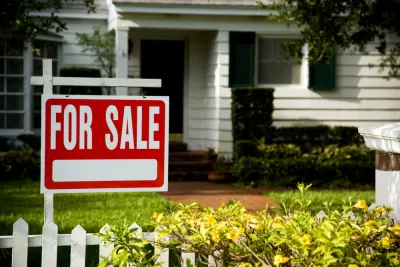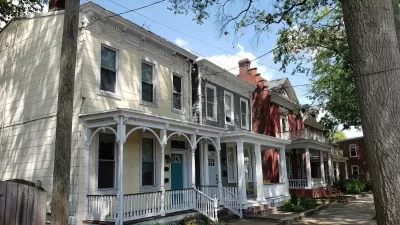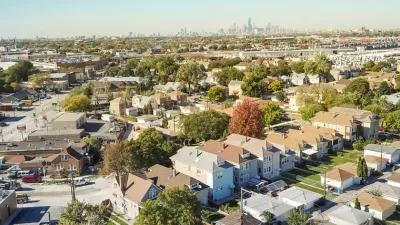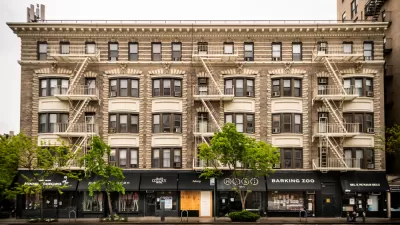Black families face bigger challenges when trying to buy homes, leading to a growing gap between Black and white homeownership.

Black homeownership is growing at a lower rate than any other racial or ethnic group, reports CNN’s Anna Bahney in an article republished in Madison 365. “Across a slew of metrics, the challenges Black home buyers are up against are sizeable and showing little improvement.” Black homeownership rates vary between 15 and 55 percent around the country, while white homeownership ranges from 50 percent to 81 percent.
While homeownership rates grew across ethnic groups, Black households saw the slowest growth. Today, the ‘racial homeownership gap’ between white and Black families is 29 percent, up from 26 percent in 2011. This gap is attributed to a complex web of causes, including historic and present discrimination and high housing costs.
The article details the hurdles faced by Black homebuyers, such as mortgage discrimination. Almost a third of Black renter households spend more than 30 percent of their income on housing, making it difficult to save money to buy a home. Additionally, “Black Americans are denied mortgages at a higher rate, with 20% of Black and 15% of Hispanic loan applicants denied mortgages, compared with about 11% of white and 10% of Asian applicants, According to NAR’s analysis of Home Mortgage Disclosure Act data.” More recently, researchers have also uncovered discrimination in home appraisals, which can have a negative impact on the ability of Black families to build generational wealth.
FULL STORY: The gulf between Black homeowners and White is actually getting bigger, not smaller

Study: Maui’s Plan to Convert Vacation Rentals to Long-Term Housing Could Cause Nearly $1 Billion Economic Loss
The plan would reduce visitor accommodation by 25,% resulting in 1,900 jobs lost.

North Texas Transit Leaders Tout Benefits of TOD for Growing Region
At a summit focused on transit-oriented development, policymakers discussed how North Texas’ expanded light rail system can serve as a tool for economic growth.

Why Should We Subsidize Public Transportation?
Many public transit agencies face financial stress due to rising costs, declining fare revenue, and declining subsidies. Transit advocates must provide a strong business case for increasing public transit funding.

How to Make US Trains Faster
Changes to boarding platforms and a switch to electric trains could improve U.S. passenger rail service without the added cost of high-speed rail.

Columbia’s Revitalized ‘Loop’ Is a Hub for Local Entrepreneurs
A focus on small businesses is helping a commercial corridor in Columbia, Missouri thrive.

Invasive Insect Threatens Minnesota’s Ash Forests
The Emerald Ash Borer is a rapidly spreading invasive pest threatening Minnesota’s ash trees, and homeowners are encouraged to plant diverse replacement species, avoid moving ash firewood, and monitor for signs of infestation.
Urban Design for Planners 1: Software Tools
This six-course series explores essential urban design concepts using open source software and equips planners with the tools they need to participate fully in the urban design process.
Planning for Universal Design
Learn the tools for implementing Universal Design in planning regulations.
City of Santa Clarita
Ascent Environmental
Institute for Housing and Urban Development Studies (IHS)
City of Grandview
Harvard GSD Executive Education
Toledo-Lucas County Plan Commissions
Salt Lake City
NYU Wagner Graduate School of Public Service





























